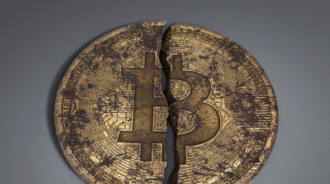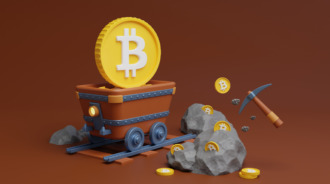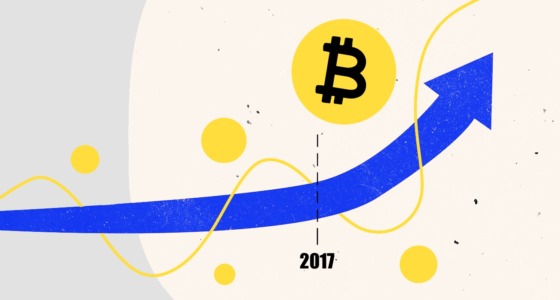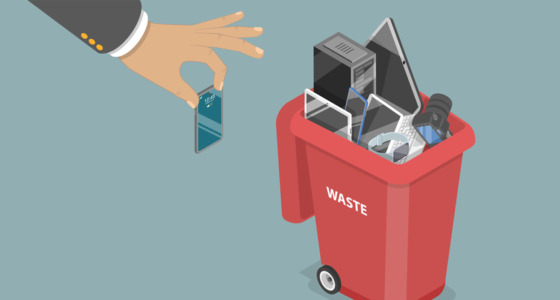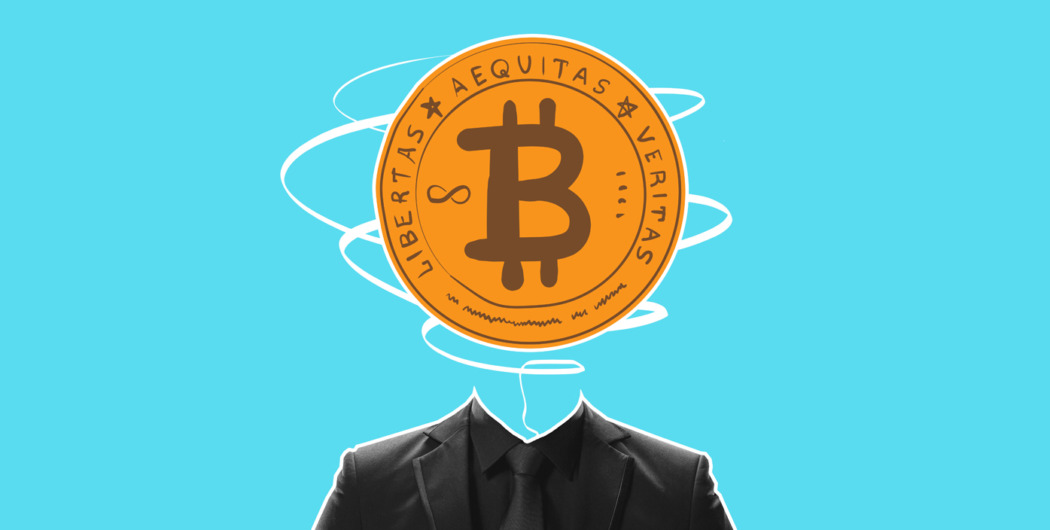

The simplest way to describe Bitcoin to someone who has never heard of it before is that it is a new-generation digital currency. One virtual coin is incredibly expensive, which makes it unfortunate that by some estimations, 60% of all BTC addresses are ghosts. This means that millions of people have lost their addresses and can’t access their funds.
But don’t stop at the basic definition. Read on to learn how it works, where it came from, and what makes it valuable.
What is Bitcoin and how does it work?
At its core, the system for mining, storing, and exchanging Bitcoins works like a regular computer program. But the difference is that while most programs are located on one computer or server, the Bitcoin network is stored on millions of devices worldwide.
Bitcoin doesn’t require powerful servers to exchange and store data. Instead, the transfer of Bitcoin from one address to another is processed through a series of nodes. And when a transaction receives the required number of confirmations (i.e., validations from the nodes), it gets included in a block, and, therefore, is included in the blockchain. The ownership of transferred coins is then proven by a public key and a private key; the latter should only be known by the holder.
Where do Bitcoins come from?
When you answer the question “what is cryptocurrency and Bitcoin?” it’s impossible to leave out the name Satoshi Nakamoto. This is a pseudonym of a person or a group of people who created the new type of electronic payment system. The idea came from the aftermath of the 2008 Great Recession. The creators wanted to build an independent system with minimal transaction costs and high transaction speeds.
Bitcoins are not issued by governments and banks. Blocks in the Bitcoin blockchain are created digitally with the help of the computing power of participating nodes. The total number of coins in circulation is programmed to have a maximum limit of 21 million. If you’re curious about how the system is designed, all documentation is available online.
What is Bitcoin mining?
The complex system of Bitcoin transactions is maintained by millions of miners. Their devices provide computing power for validating, recording, and storing transactions. Mining can be done using a commercially available, relatively inexpensive CPU/GPU or huge mining farms generating an incredibly high hash rate.
The purpose of commuting devices is to process numerous mathematical operations. In turn, the miner receives a reward in Bitcoins. Unfortunately, as more miners compete to solve these mathematical equations, especially when individual miners go up against industrial mining rigs, it becomes harder to get rewards.

Why is Bitcoin so expensive?
The price of Bitcoin depends primarily on two factors: supply and demand. If the supply can’t keep pace with the demand, the value goes up. What keeps the price of Bitcoin high is that there is a higher number of people willing to buy it than people willing to sell it. Besides, the total possible supply of 21 million coins is meant to ensure the value holds steady for years. Theoretically, Bitcoin will always be deflationary, meaning its buying power will increase over time.
Bitcoin is and has always been a highly volatile instrument. But this is the price investors pay for the limited supply and the lack of an intermediary to control that supply.
Bitcoin’s blockchain technology
All cryptocurrencies, including Bitcoin, use blockchain technology. They are all part of a blockchain and the network behind it. Encryption methods are used to secure all data in the blockchain.
Whenever there is a blockchain transaction, a new block of data is created, with information from the preceding one being copied to it. This data is then encrypted, and miners verify it. Miners who receive a Bitcoin as a reward for verifying transactions can do whatever they want with it. More specifically, they can either decide to use it, sell it, or simply hold it.
All transactions have to wait in a queue until miners are available to validate them. Then, multiple Bitcoin blockchain network miners try to verify that transaction at the same time.
A block header also features a four-byte number, known as the “nonce”. Miners attempt to solve it using special mining software. Then, the block header is either repeatedly regenerated by a miner until it reaches a certain target number that the blockchain mentions or it is hashed. Following the block header getting solved by a miner, a new block will be formed in the blockchain. This allows for the encryption and verification of more future transactions.
How do you buy Bitcoin?
Bitcoin is generally mined with special software and hardware. In the past, mining Bitcoin was a challenge, as not everyone had access to it. Nowadays, though, people can mine bitcoins at home, using a personal computer with newer hardware. This is all due to the rise in the popularity of Bitcoins.
However, mining Bitcoin is not the only way you can obtain it. You can also purchase it if necessary.
Cryptocurrency exchanges allow individuals to purchase Bitcoin. Generally speaking, Bitcoin prices are extremely high, which is why not everyone has access to these tokens. The good news is that investors can buy smaller portions of BTC using the fiat currency of choice.
On a cryptocurrency exchange, all you have to do is fund your account with a fiat currency such as U.S. dollars, then buy Bitcoin.
Risks of investing in Bitcoin
Bitcoin has attracted many investors over the years as they seek to make more profits. Despite the great opportunities it has to offer, Bitcoin also has a few dangers. Here are the risks of investing in Bitcoin:
· Risk of fraud – Although Bitcoin is generally secure due to being part of a blockchain, fraud can still occur. For instance, back in 2013, a man from Texas used his company to defraud investors in a Bitcoin Ponzi scheme.
· Security risk – For the most part, Bitcoin is safe from any security risks. However, you have to remember that Bitcoin exchanges are virtual systems. As such, they will always be hunted by hackers and are at risk of glitches and malware.
· Lack of regulation – While there were attempts to put more laws in place, there’s still no uniform regulation for Bitcoin. Therefore, there are concerns regarding its universality, liquidity, and longevity.
· Volatility – Bitcoin values do not remain the same over time. They always increase and decrease, making cryptos extremely volatile. They can also be easily affected by any huge event. For instance, back in 2014, the price dropped by 80% in a single day.
Regulating Bitcoin
Regulations surrounding Bitcoin vary from one jurisdiction to another. Trying to regulate Bitcoin has been challenging in the past. At the moment, the Biden administration aims to make new regulations for Bitcoin. Still, it is trying not to affect the industry negatively.
Biden has declared that he wants to help Bitcoin develop, yet he wants to work hard to prevent it from being used illegally in the United States. For example, the goal of the U.S. has been to regulate the use of cryptocurrencies overseas. It wants to impose sanctions on individual cryptocurrency wallets and cryptocurrency exchanges while taking back crypto payments that were made to criminals.
While it takes longer, new rules will come into play for Bitcoin. It’s very likely to see lots of laws and changes as time goes by and Bitcoin rises.
Is Bitcoin a good investment?
It is hard to tell whether Bitcoin is a good investment or not, as it all depends on the investor’s experience, goals, portfolio, financial profile, and risk tolerance. In some cases, Bitcoin can be a good investment, especially when you have an opportunity to make money with it.
However, Bitcoin prices are extremely volatile, and if you’re not careful, it can lead to huge losses. This is why it’s critical to always talk to a financial advisor before making any cryptocurrency investments.
The bottom line
Bitcoin may be a great opportunity for investors, but it comes with a few risks. This is why you should be careful before trading this cryptocurrency.
